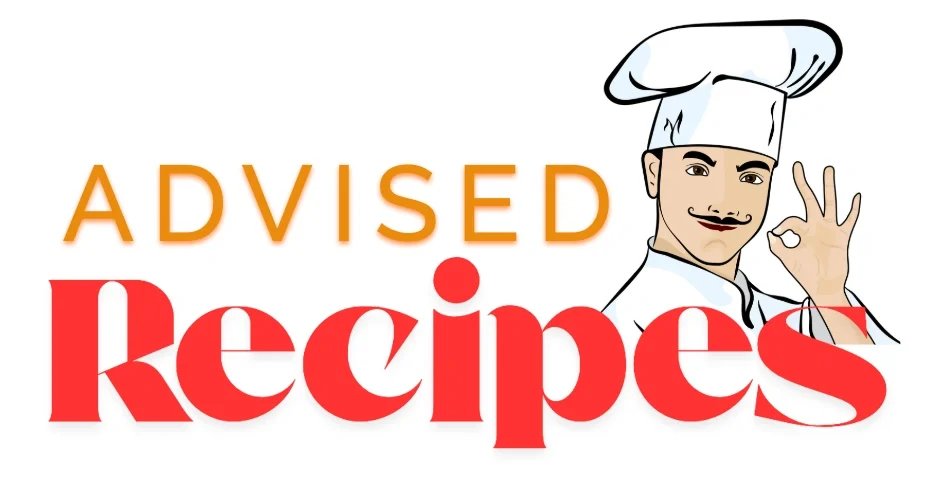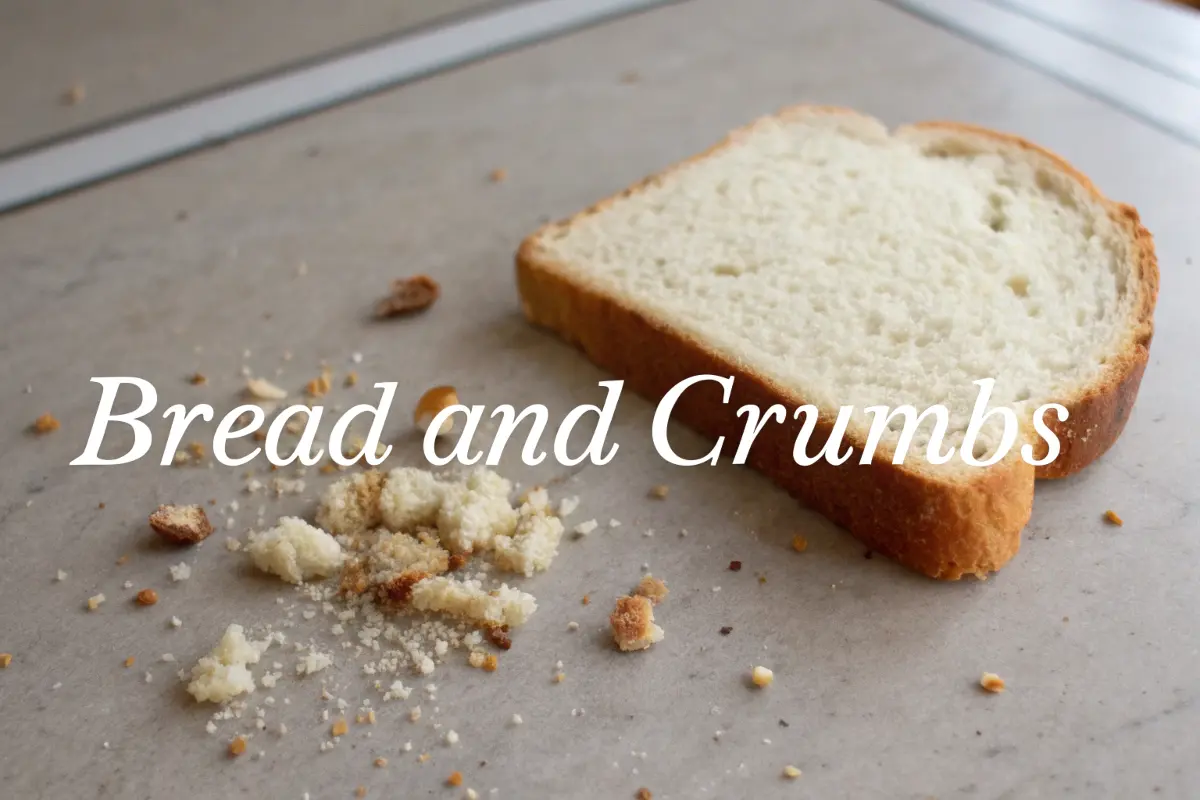Bread and crumbs have shaped kitchens for centuries. Bread is one of the oldest and most versatile foods known to humankind. From fluffy loaves to crispy baguettes, it has become a staple in diets worldwide. And when bread ages, it doesn’t lose its value—it transforms into breadcrumbs, a culinary essential that adds texture and flavor to countless recipes. Let’s explore the journey of bread and its versatile byproduct, crumbs, in detail.
The History of Bread: From Ancient Times to Modern Tables
Bread has been around for over 14,000 years, making it one of the first processed foods humans created. Its history is intertwined with agriculture and civilization.
How Bread Came to Be
- Early humans crushed grains into flour and mixed it with water to form a paste. This paste was then cooked over fire or hot stones, resulting in a simple flatbread.
- The discovery of yeast—either naturally occurring or added—marked the beginning of leavened bread, giving us the fluffy texture we know today.
- Ancient Egyptians were pioneers in bread-making. They refined techniques, invented ovens, and elevated bread into a culinary art.
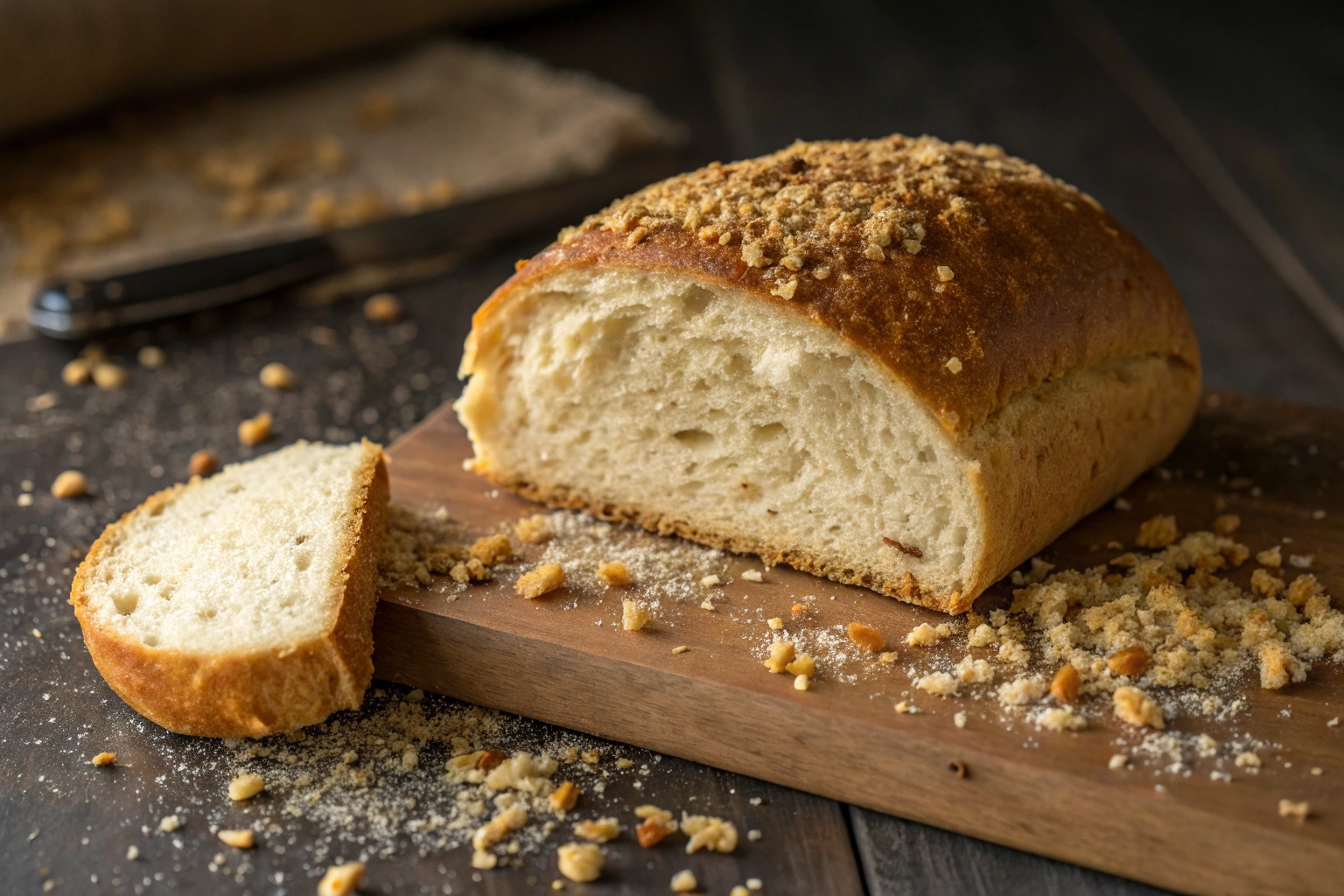
Bread in Different Cultures
Bread has evolved across the globe, reflecting regional ingredients and traditions:
- Europe: Baguettes in France, sourdough in Germany, and focaccia in Italy are examples of European bread traditions.
- Asia: Naan in India and steamed buns in China showcase bread’s diversity.
- The Americas: Cornbread and tortillas have deep roots in indigenous cultures.
Types of Bread: A Quick Guide
Bread exists in a staggering variety of forms, and each type has unique characteristics.
Popular Bread Varieties
- White Bread: Made from refined flour, soft and fluffy.
- Whole Wheat Bread: Rich in fiber and nutrients due to the inclusion of the bran and germ.
- Sourdough: Made with a natural fermentation process, giving it a tangy taste.
- Flatbreads: Includes pita, naan, and tortillas, often used as wraps or dippers.
- Artisan Breads: Handcrafted, often with unique flavors like olive, rosemary, or cheese.
Each type of bread serves a specific purpose in cooking and is often chosen based on flavor, texture, or cultural tradition
Breadcrumbs: The Unsung Hero of Leftover Bread
Breadcrumbs are made from dried or processed bread and serve as a versatile ingredient in cooking.
The Origins of Breadcrumbs
Breadcrumbs likely originated as a way to reduce food waste. Instead of discarding stale bread, people found creative ways to repurpose it into crumbs.
Types of Breadcrumbs
- Fresh Breadcrumbs:
- Made from soft bread.
- Used for a lighter texture in dishes.
- Dry Breadcrumbs:
- Toasted or processed bread crumbs.
- Used for coatings or as a binding agent.
- Panko:
- A Japanese-style breadcrumb.
- Known for its light, airy texture and superior crispiness.
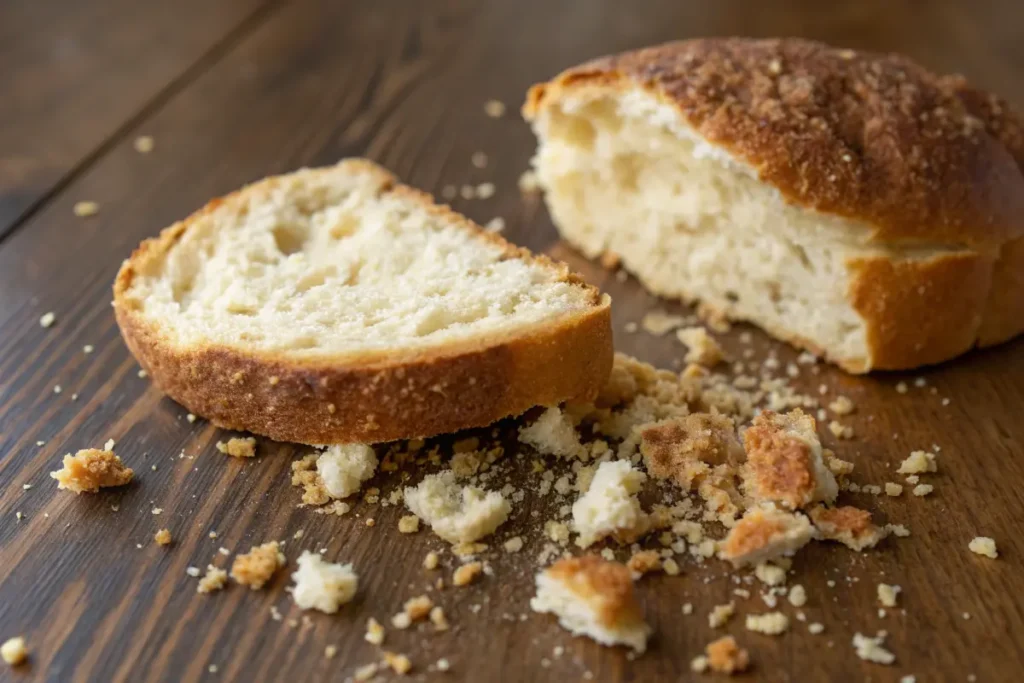
The Culinary Uses of Breadcrumbs
Breadcrumbs add texture, binding, and flavor to dishes. Here’s how they can transform meals:
1. Coating and Frying
Breadcrumbs are a staple for creating crispy exteriors:
- Dredge chicken, fish, or vegetables in breadcrumbs before frying.
- Combine breadcrumbs with spices and cheese for enhanced flavor.
2. Binding Ingredients
Breadcrumbs act as a glue to hold ingredients together:
- Meatballs, meatloaf, and veggie patties rely on breadcrumbs for structure.
- Eggplant parmesan layers are stabilized with breadcrumbs.
3. Adding Texture
Breadcrumbs provide a delightful crunch:
- Sprinkle toasted breadcrumbs over casseroles, mac and cheese, or salads.
- Use seasoned breadcrumbs to enhance baked pasta dishes.
4. Thickening Soups and Stews
A handful of breadcrumbs can thicken liquids, making soups and stews heartier
Homemade Breadcrumbs: A Simple Guide
Making breadcrumbs at home is easy and reduces food waste. Here’s a step-by-step guide:
Ingredients
- Leftover bread (any variety)
- Optional: Spices like garlic powder, Italian seasoning, or paprika
Steps
- Dry the Bread:
- Preheat the oven to 300°F (150°C).
- Slice bread into small cubes and spread on a baking sheet.
- Bake for 10-15 minutes until the bread is dry but not browned.
- Process into Crumbs:
- Use a food processor to pulse the dried bread into fine or coarse crumbs.
- Store:
- Store breadcrumbs in an airtight container for up to 3 weeks, or freeze for longer shelf life.
By making your own breadcrumbs, you can control the flavor, texture, and quality while minimizing food waste
The Environmental Impact of Bread and Breadcrumbs
Bread is one of the most wasted foods globally. However, repurposing stale bread into breadcrumbs is a great way to reduce waste. In fact, breadcrumbs represent a broader effort to embrace sustainable cooking practices.
Ways to Reduce Bread Waste
- Freeze leftover bread to preserve its freshness.
- Use stale bread in recipes like bread pudding or French toast.
- Donate excess bread to local food banks or community programs.
Fun Facts About Bread and Breadcrumbs
- The world’s oldest bread was found in Jordan and dates back 14,400 years.
- Breadcrumbs are a key ingredient in classic recipes like stuffing and crab cakes.
- In Italy, breadcrumbs are known as “the poor man’s parmesan” due to their use in topping pasta dishes.
the Cultural and Nutritional Value of Bread and Breadcrumbs
Bread and its byproduct, breadcrumbs, are more than just ingredients. They carry cultural significance, provide nutrition, and adapt to modern dietary trends. In this section, we will dive deeper into their roles in global cuisine, explore the health aspects of different types of bread, and uncover how breadcrumbs can fit into a healthier lifestyle.
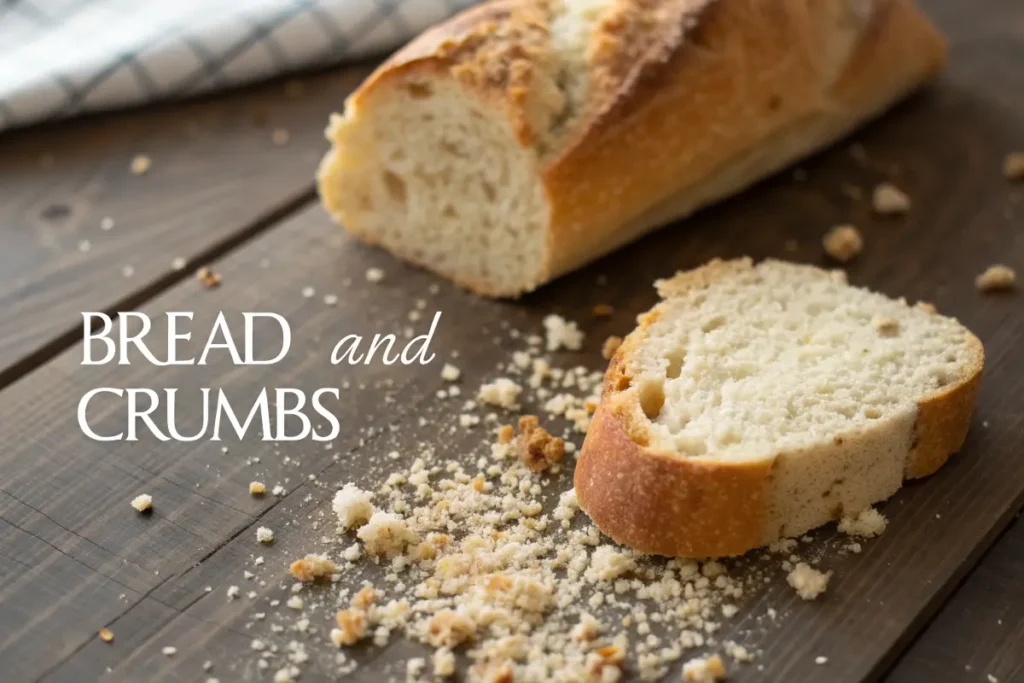
Bread as a Cultural Icon
Throughout history, bread has been more than sustenance—it has symbolized community, religion, and prosperity.
Symbolism of Bread Across Cultures
- Religious Importance:
- In Christianity, bread represents the body of Christ in communion, emphasizing its spiritual significance.
- Jewish tradition honors bread with challah, a braided loaf often consumed during Shabbat and holidays.
- A Symbol of Hospitality:
- Offering bread to guests is a universal gesture of goodwill. In many cultures, breaking bread together represents friendship and unity.
- For instance, in Russia, bread and salt are presented as a welcoming gift.
- Celebration of Harvest:
- Bread festivals around the world celebrate the bounty of agriculture, such as Lammas Day in the UK and Fête du Pain in France.
Bread as a Marker of Social Class
Historically, the type of bread one consumed indicated their social standing:
- The wealthy enjoyed white bread made from refined flour.
- The working class relied on whole-grain or rye bread, which was more affordable and nutritious.
The Nutritional Breakdown of Bread
Modern diets demand a closer look at the nutritional value of bread. While some dismiss bread as “empty calories,” not all breads are created equal.
Macronutrients in Bread
- Carbohydrates:
- Bread is primarily a source of carbs, providing energy for daily activities.
- Protein:
- Whole-grain and specialty breads like Ezekiel bread contain higher protein levels.
- Fats:
- Most breads are low in fat unless enriched with oils or butter (e.g., brioche).
The Role of Fiber in Whole-Grain Bread
Whole-grain bread retains the bran and germ of the grain, making it high in dietary fiber. Benefits include:
- Improved digestion.
- Stabilized blood sugar levels.
- Reduced risk of heart disease.
Fortified and Specialty Breads
To meet diverse dietary needs, many breads are fortified with additional nutrients:
- Iron and folic acid in white bread for anemia prevention.
- Gluten-free breads for individuals with celiac disease.
- Low-carb options for ketogenic diets.
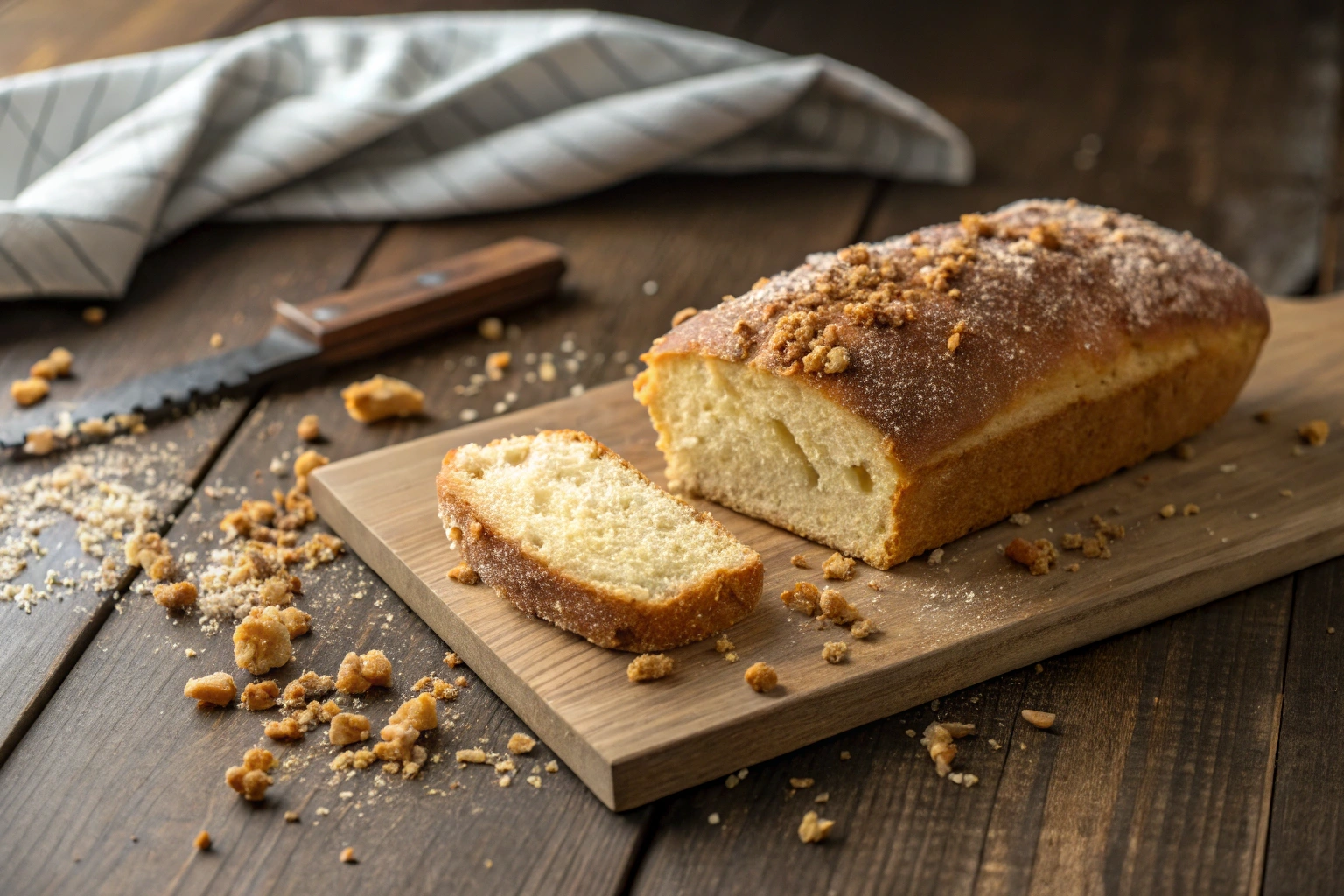
The Nutritional Value of Breadcrumbs
Breadcrumbs, depending on how they are made, can also contribute positively to your diet.
Calories and Macronutrients
- Plain Breadcrumbs:
- Typically low in calories but high in carbs.
- Panko Breadcrumbs:
- Lower in calories and fat due to their unique preparation method (baking instead of frying).
Added Nutrition
When breadcrumbs are seasoned, they often include:
- Herbs like parsley or oregano, which add antioxidants.
- Cheese or spices, which enhance flavor and provide additional nutrients.
Modern Trends in Bread and Breadcrumb Consumption
As dietary preferences evolve, bread and breadcrumbs continue to adapt.
Whole-Grain Movement
Health-conscious consumers are increasingly choosing whole-grain bread for its fiber and nutrient content. This shift reflects a growing awareness of the benefits of minimally processed foods.
Gluten-Free Options
The rise of gluten intolerance and celiac disease has spurred innovation in bread-making. Gluten-free breads use flours made from rice, almond, or chickpea.
Keto and Low-Carb Substitutes
For those on ketogenic or low-carb diets, alternatives like almond flour bread are gaining popularity. Panko breadcrumbs are also being replaced with pork rinds or ground nuts for a keto-friendly crunch.
Creative Uses of Breadcrumbs in World Cuisine
Breadcrumbs shine in their ability to add texture and flavor across diverse cuisines.
1. Italian Cuisine
- Meatballs and Meatloaf: Italian recipes use breadcrumbs to create the perfect consistency.
- Pasta Toppings: Pangrattato (Italian-style breadcrumbs) is toasted with garlic and herbs to top pasta dishes.
2. Japanese Cuisine
- Panko Crusts: From tempura shrimp to tonkatsu (breaded pork cutlets), panko breadcrumbs are a staple in Japanese cooking.
- Light Frying: The airy texture of panko breadcrumbs ensures a crisp yet delicate crust.
3. Middle Eastern Cuisine
- Breadcrumbs are a common addition to kibbeh, a dish made with ground meat and bulgur wheat.
4. American Comfort Foods
- Casseroles: Breadcrumbs are used as a crispy topping for dishes like mac and cheese.
- Stuffing: A Thanksgiving essential, stuffing relies on breadcrumbs to absorb flavors.
Healthier Alternatives to Traditional Breadcrumbs
If you’re looking to make breadcrumbs healthier, there are plenty of substitutes available:
1. Almond Meal
- A high-protein, low-carb option.
- Ideal for keto diets and gluten-free recipes.
2. Coconut Flour
- Adds a hint of sweetness.
- Perfect for breading fish or chicken.
3. Oats
- Ground oats are a nutritious alternative that’s high in fiber.
- Commonly used in veggie burgers or as a casserole topping.
4. Ground Flaxseeds
DIY Breadcrumb Seasoning Ideas
Take your homemade breadcrumbs to the next level by adding spices and herbs. Here are some popular combinations:
1. Italian Seasoning
- Garlic powder, oregano, basil, and Parmesan cheese.
2. Spicy Blend
- Paprika, cayenne pepper, and chili flakes for a kick.
3. Herbed Garlic
- Fresh parsley, thyme, and minced garlic for a fragrant mix.
These seasonings enhance the flavor of dishes and reduce the need for additional salt.
The Role of Breadcrumbs in Zero-Waste Cooking
Breadcrumbs are a champion of sustainable cooking. By reusing stale bread, they:
- Reduce food waste in households.
- Provide an economical alternative to store-bought coatings.
- Help minimize the environmental impact of food production.
Additionally, breadcrumbs are an example of how leftovers can be reimagined into something flavorful and useful.
A Glimpse Into the Future of Bread and Breadcrumbs
The bread and breadcrumb industry is poised for innovation:
- Sustainable Practices:
- Bakeries are adopting eco-friendly methods, such as using solar ovens and reducing packaging waste.
- Functional Foods:
- Bread enriched with probiotics, protein, or adaptogens may dominate future trends.
- Tech Integration:
- Smart bread machines with customizable settings are making it easier for people to bake fresh bread at home.
FAQs about Bread and Crumbs
What does it mean when someone says bread crumbs?
“Breadcrumbs” can mean small food particles or metaphorical clues left behind to guide someone, often used in navigation or problem-solving.
What is the meaning of bread crumbs?
Bread crumbs are either literal crumbled bread used in cooking or symbolic hints or steps guiding someone toward a goal or answer.
What is the meaning of bread crunching?
Bread crunching refers to the crispy sound or texture of bread when eaten, symbolizing simple, satisfying experiences in life.
How to create a breadcrumb?
To create breadcrumbs, crumble bread and toast until golden. On websites, breadcrumbs are designed to display navigation paths for user convenience.
Conclusion: The Power of Bread and Breadcrumbs
Bread and breadcrumbs are more than just staples of the kitchen—they symbolize comfort, creativity, and sustainability. Whether you’re savoring a crusty loaf, using breadcrumbs to add crunch to your favorite dish, or incorporating them into a zero-waste lifestyle, they remain versatile and valuable in every sense.
From their cultural significance to their ability to elevate meals, bread and breadcrumbs offer endless possibilities. Additionally, their role in reducing food waste highlights their importance in a more sustainable future.
Now it’s your turn to take action!
- Repurpose your leftover bread into homemade breadcrumbs to reduce food waste.
- Experiment with breadcrumbs in new recipes to discover their full potential.
- Share these tips and insights with friends or family to inspire a more creative and sustainable approach to cooking.
By taking these small but impactful steps, you can embrace the true power of bread and breadcrumbs in your kitchen and beyond. Let’s make every crumb count!
